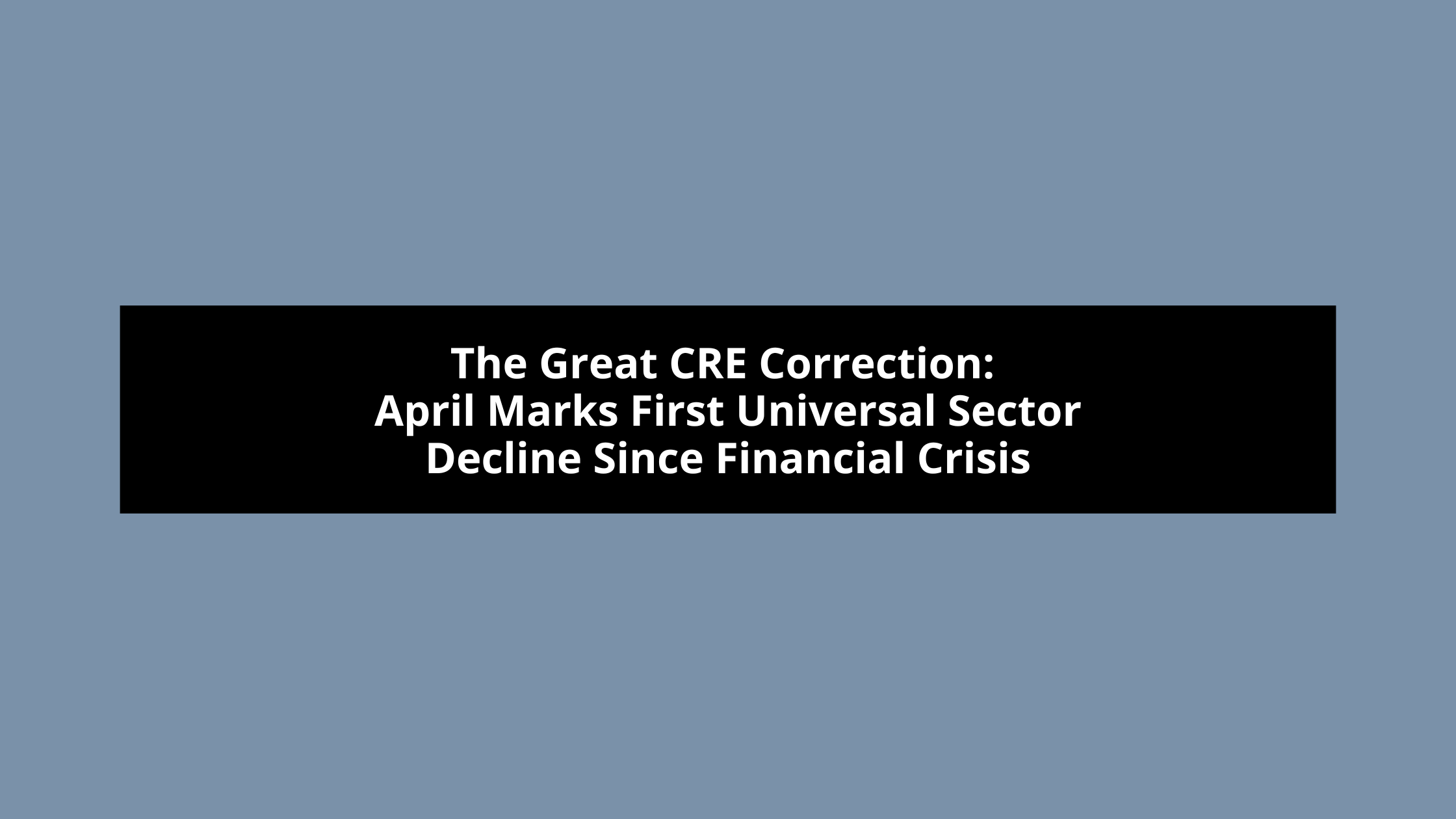Office CMBS (Commercial Mortgage Backed Security Loan) Defaults:
A Critical Inflection Point in Commercial Real Estate
The commercial real estate (CRE) market is experiencing a watershed moment, with CMBS office loan delinquencies reaching alarming levels that signal profound structural changes in the office sector. October 2024 data reveals a critical turning point that demands strategic recalibration from investors, lenders, and property owners.
Market Dynamics Driving the Shift
Delinquency rates have surged to 10.35% in October 2024, more than doubling year over-year rates. This isn’t just a cyclical fluctuation but a fundamental market restructuring driven by several interconnected factors:
1. Hybrid Work Transformation
- The pandemic-induced remote work revolution continues to reshape office space demand.
- Despite AI and technology sector growth, overall office leasing remains 14-22% below pre-pandemic levels. This structural demand reduction creates significant valuation and revenue challenges.
2. Financial Pressure Points
- Refinancing rates remain critically low at 41.5%, compared to the CMBS average of 58.7%
- 10-year Treasury yields exceeding 5% have dramatically increased borrowing costs
- Commercial property values have declined 10.7% since mid-2022, with offices experiencing a steeper 23% drop
Strategic Implications for CRE Professionals
The current landscape demands nuanced strategies:
1. Loan Portfolio Management
- Older CMBS loans (2011-2014) face the highest risk, with delinquency rates between 55-62%.
- Newer loans from 2016-2017 demonstrate more resilience, maintaining delinquency rates below 5%.
2. Market-Specific Challenges
- High-profile defaults underscore the market’s volatility:
- $200M default on NYC’s Prince Building
- $200M default on 500 Fifth Avenue
- $99.5M default on CityPlace in St. Louis
Forward-Looking Insights
• Professionals must anticipate prolonged refinancing challenges through 2027. Expiring leases could potentially reduce revenue potential by up to 22%, necessitating innovative asset repositioning and tenant engagement strategies.
Key Recommendations
- 1. Conduct comprehensive portfolio stress tests
- 2. Explore adaptive reuse and flexible space configurations
- 3. Prioritize properties in high-growth tech and innovation markets
- 4. Develop proactive refinancing and tenant retention strategies
The Technological Wild Card
While hybrid work presents challenges, emerging technologies like AI are creating new office space dynamics. Tech-enabled, flexible workspaces are becoming increasingly attractive, potentially mitigating some demand reduction.
The current CMBS office landscape represents more than a temporary market correction—it’s a fundamental reimagining of workplace infrastructure. Success will belong to those who can most effectively adapt to this new reality. Commercial real estate professionals must view this moment not as a crisis, but as an unprecedented opportunity for strategic reinvention.


